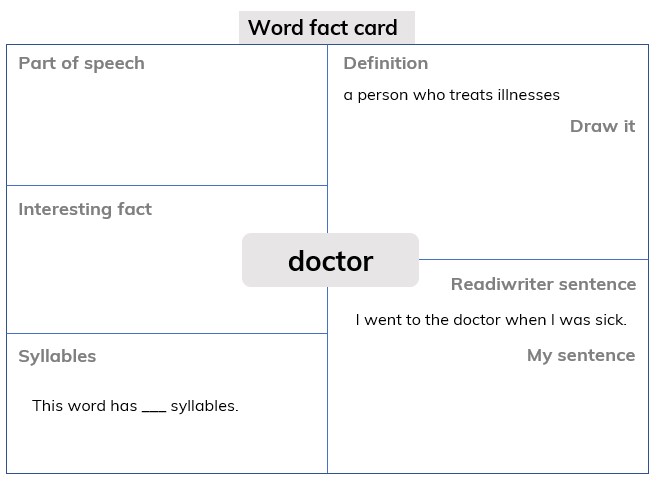New Milestones!effective Curriculum Ideas
- New Milestones Effective Curriculum Ideas Free
- New Milestones Effective Curriculum Ideas Student
- New Milestones Effective Curriculum Ideas Examples
- New Milestones Effective Curriculum Ideas 2020
Dec 03, 2019 Education: Curriculum and Effective Teaching Practices Music Sharon Yandian: Thank you for joining us to learn more about the new education requirements. Amanda Bryans: And I'm Amanda Bryans. Sharon: Today, we're gonna talk with you about an aspect of the new education requirements. A creative curriculum which used learning objectives as the basis for planning and assessment. The school’s leaders were particularly keen to introduce a global dimension and a focus on health and wellbeing in the new curriculum because they wanted to encourage the children to see themselves as people who could make a difference in the world.
NEW! Teaching Social Studies During COVID-19
Learn more.Are you struggling to find high quality, free resources that you can use with your high school social studies students? Having trouble finding materials that improve literacy skills or align with new and evolving state standards?

New Visions for Public Schools has developed full scope and sequence curricular frameworks designed for the Global History and Geography I and II courses and the U.S. History course. The curriculum integrates rich primary and secondary texts, maps, images, videos, and other reputable online sources into materials that meet the New York State K-12 Social Studies Framework’s objectives and provide students an opportunity to improve literacy skills by focusing on thinking critically while reading, writing, and speaking like historians.
We understand that teachers may use resources differently, so we have created and curated high-quality Open Educational Resource (OER) materials available in Google Docs; we encourage teachers to make their own copies of resources and thoughtfully modify to make them useful for their individual needs.
Not sure how to start using the curriculum? Check out our getting started section.

Can’t find what you’re looking for? Use the resource search to sort materials by standards, type, keywords, and more!
Teacher Testimonial
'I don’t think I’ve ever seen a collection of resources for teachers as organized as the one New Visions has put together. The multitude of reading and writing strategies organized in one place has saved me hours of searching. The curriculum not only provides ideas and suggestions for how a lesson could work, but it also contains differentiated activities.”
> Back to Focus on Stimulants Page
New Milestones Effective Curriculum Ideas Free
The ATTC Network proudly presents a core curriculum training package to provide information about central nervous system stimulants and their impact on brain, body, and behavior. Prepared by members of the Addiction Technology Transfer Center Network, Stimulant Workgroup, the training covers (1) the scope of stimulant use in the United States and beyond; (2) stimulants and the brain and impact of use on cognition; (3) stimulant use and psychosis; (4) short- and long-term physical and mental health consequences of stimulant use and considerations for specific populations; (5) the intersection of stimulant use and HIV risk; and (6) effective evidence-based behavioral treatment interventions and recovery supports for people with a stimulant use disorder.
The national core curriculum includes two modalities:
New Milestones Effective Curriculum Ideas Student
Face-to-Face Curriculum: Daylong introductory level training of Stimulants and their Impact on Brain and Behavior – Best Practices and Approaches for Effective Treatment and Recovery
Live Virtual Three-Hour Condensed Curriculum: Three-part overview of Stimulants and their Impact on Brain and Behavior – Best Practices and Approaches for Effective Treatment and Recovery
Daylong Curriculum Learning objectives:
At the end of the daylong Stimulant 101 training, participants will be able to:
- Identify three specific national patterns and trends in stimulant use.
- Recall at least three short-term and three long-term physical or psychological effects of stimulant use.
- Specify two examples of the cognitive impact of stimulant use.
- Catalog the differential patterns of stimulant use in at least three populations.
- Interpret at least three links between stimulant use and the behaviors that may put a person at increased risk of becoming infected with HIV or other sexually transmitted infections.
- Apply at least two specific behavioral treatment interventions and two recovery approaches that have been proven effective in treating people with a stimulant use disorder.
Three-Hour Virtual Overview
Core Curriculum content provided in three 1-hour sessions:
Part 1: Stimulants -What are they and who uses them?
Part 2: Impact of Stimulant Use on the Brain and Body
Part 3: Effective Treatment Approaches and Recovery Supports
New Milestones Effective Curriculum Ideas Examples
Training materials for the full day and three-part virtual training are only available to those trainers who have been trained by an ATTC. However, anyone can download the reference list used in the curriculum. If you would like to learn more or request a training, click on the button below that fits your need.
Training Materials to Supplement the Stimulant 101 National Core Curriculum:
New Milestones Effective Curriculum Ideas 2020
Conference Keynote Presentation: Stimulant Use: Current Trends, Impact on the Brain and Body, and Implications for Treatment
Stimulant Use: Current Trends, Impact on the Brain and Body, and Implications for Treatment from ATTC Network on Vimeo.
Keynote Learning Objectives: At the end of this keynote presentation, participants will be able to:
- Identify three specific national patterns and trends in stimulant use.
- Recall at least three short-term and three long-term physical or psychological effects of stimulant use.
- Apply at least two specific behavioral treatment interventions and two recovery approaches that have been proven effective in treating people with a stimulant use disorder.
Gender Differences and Stimulant Use

Gender Differences and Stimulant Use from ATTC Network on Vimeo.
At the end of the module, participants will be able to:

- Identify differences in use of stimulants between genders
- List differences risk factors and motivations to use stimulants between genders
- Describe evidence-based and promising practices related to treating substance use disorders
